- Art Home
- Exhibitions
-
Explore the Collection
- Explore the Collection Home
- African Art
- American Paintings, Sculpture and Drawings
- Contemporary
- Decorative Arts and Design
- East Asian Art
- European Paintings, Sculpture and Drawings
- Fashion Arts and Textiles
- Musical Instruments
- Indigenous American Art
- Photography
- Prints
- South Asian Art, Islamic Art and Antiquities
- Provenance and Cultural Property
- Conservation
- Meet the Curators
- Digital Resources
- Art Bridges Cohort Program
- Events & Programs Home
- Calendar
- Accessibility
- Adults
-
Families & Teens
- Families & Teens Home
- 10x10 Teen Art Expo
- Art on the Rise
- Art Together: Art Making for Families with Children Ages 3–5
- Babies Sing with May Festival Minis
- Boy Scouts / Girl Scouts
- CAM Kids Day
- Family Storytime and Gallery Walk
- Family Studio: Art Making for Families with Children Ages 6–12
- Games in the Galleries
- Members-Only Baby Tours
- Public Baby Tours
- REC Reads
- Rosenthal Education Center (REC)
- Saturday Morning Art Class
- See Play Learn Kits
- Summer Camp
- Teachers
- Community Outreach
- Fundraisers
- Plan Your Own Event

- Art Home
- Exhibitions
-
Explore the Collection
- Explore the Collection Home
- African Art
- American Paintings, Sculpture and Drawings
- Contemporary
- Decorative Arts and Design
- East Asian Art
- European Paintings, Sculpture and Drawings
- Fashion Arts and Textiles
- Musical Instruments
- Indigenous American Art
- Photography
- Prints
- South Asian Art, Islamic Art and Antiquities
- Provenance and Cultural Property
- Conservation
- Meet the Curators
- Digital Resources
- Art Bridges Cohort Program
- Events & Programs Home
- Calendar
- Accessibility
- Adults
-
Families & Teens
- Families & Teens Home
- 10x10 Teen Art Expo
- Art on the Rise
- Art Together: Art Making for Families with Children Ages 3–5
- Babies Sing with May Festival Minis
- Boy Scouts / Girl Scouts
- CAM Kids Day
- Family Storytime and Gallery Walk
- Family Studio: Art Making for Families with Children Ages 6–12
- Games in the Galleries
- Members-Only Baby Tours
- Public Baby Tours
- REC Reads
- Rosenthal Education Center (REC)
- Saturday Morning Art Class
- See Play Learn Kits
- Summer Camp
- Teachers
- Community Outreach
- Fundraisers
- Plan Your Own Event
Robert Rauschenberg: A Celebration
Robert Rauschenberg: A Celebration
- Home
- Plan Your Visit
-
Art
- Art Home
- Exhibitions
-
Explore the Collection
- Explore the Collection Home
- African Art
- American Paintings, Sculpture and Drawings
- Contemporary
- Decorative Arts and Design
- East Asian Art
- European Paintings, Sculpture and Drawings
- Fashion Arts and Textiles
- Musical Instruments
- Indigenous American Art
- Photography
- Prints
- South Asian Art, Islamic Art and Antiquities
- Provenance and Cultural Property
- Conservation
- Meet the Curators
- Digital Resources
- Art Bridges Cohort Program
-
Events & Programs
- Events & Programs Home
- Calendar
- Accessibility
- Adults
-
Families & Teens
- Families & Teens Home
- 10x10 Teen Art Expo
- Art on the Rise
- Art Together: Art Making for Families with Children Ages 3–5
- Babies Sing with May Festival Minis
- Boy Scouts / Girl Scouts
- CAM Kids Day
- Family Storytime and Gallery Walk
- Family Studio: Art Making for Families with Children Ages 6–12
- Games in the Galleries
- Members-Only Baby Tours
- Public Baby Tours
- REC Reads
- Rosenthal Education Center (REC)
- Saturday Morning Art Class
- See Play Learn Kits
- Summer Camp
- Teachers
- Community Outreach
- Fundraisers
- Plan Your Own Event
- Give & Join
- About
- Tickets
- Calendar
- Exhibitions
- Blog
- Shop
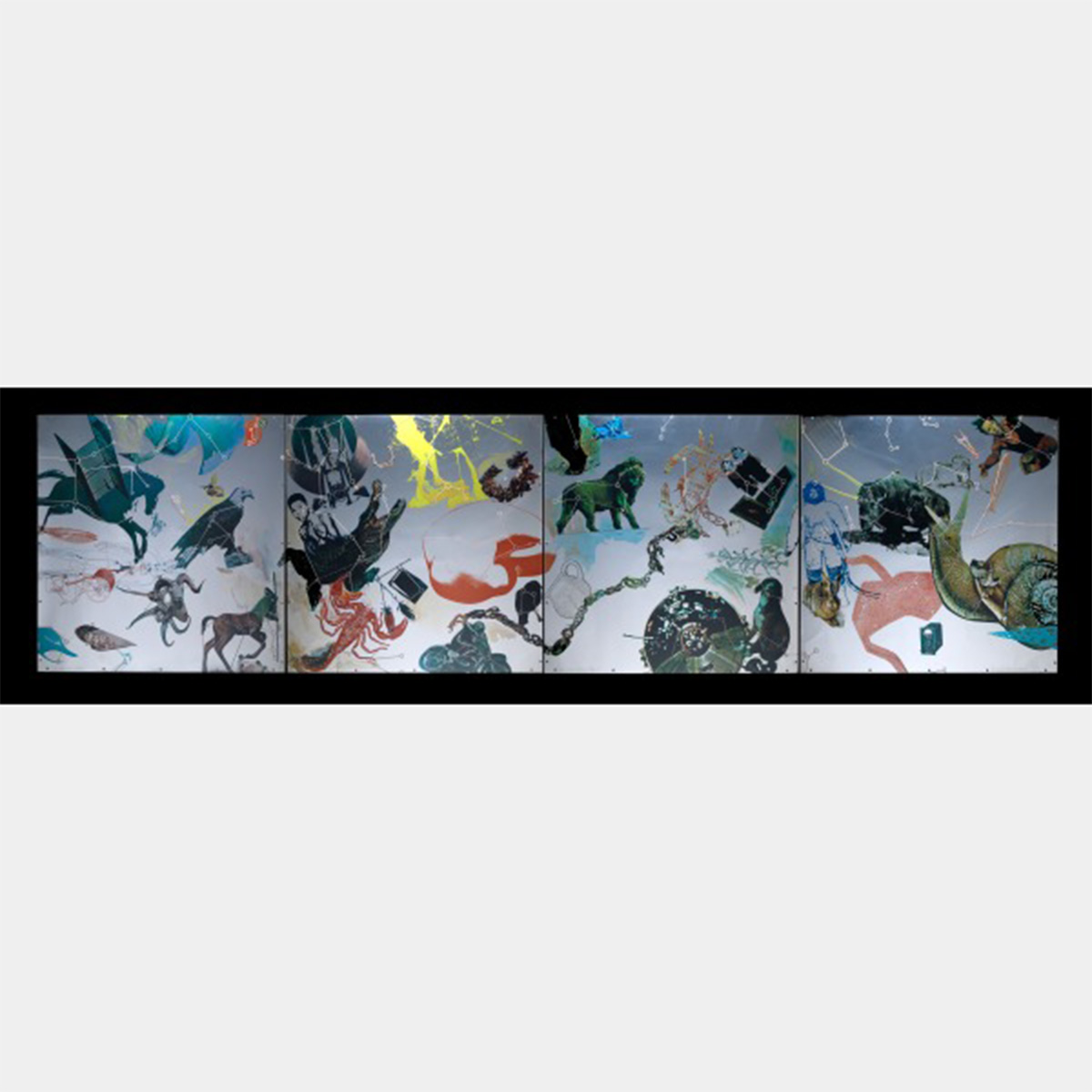
Robert Rauschenberg (American, 1925–2008), Star Quarters, 1971, color photo screen print on both sides of mirror coated Plexiglas, The Edwin and Virginia H. Irwin Memorial, 2009.144a-d, © 2025 Robert Rauschenberg Foundation
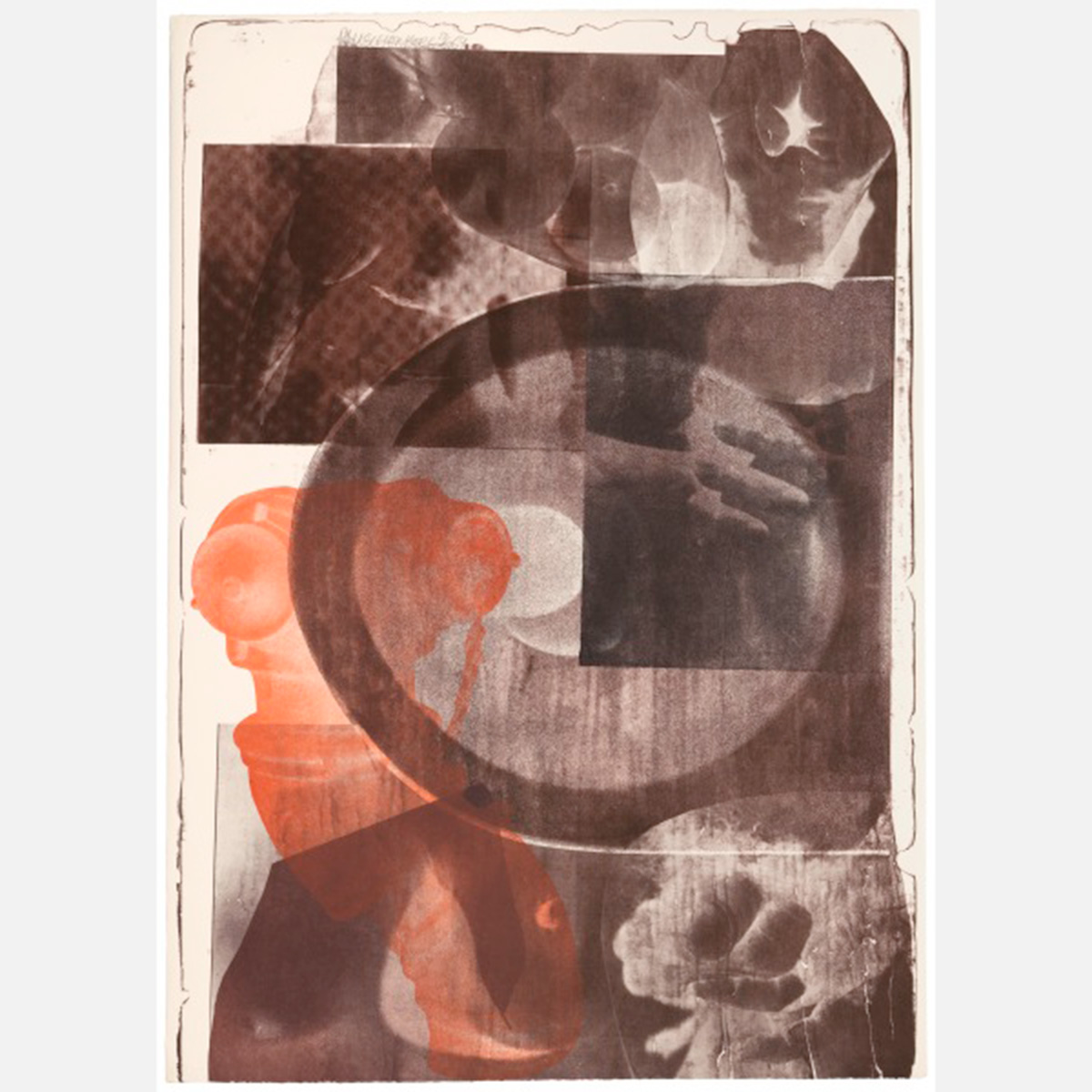
Robert Rauschenberg (American, 1925–2008), Tides, 1969, color photo lithograph, printed by ULAE, The Albert P. Strietmann Collection, 1970.729, © 2025 Robert Rauschenberg Foundation
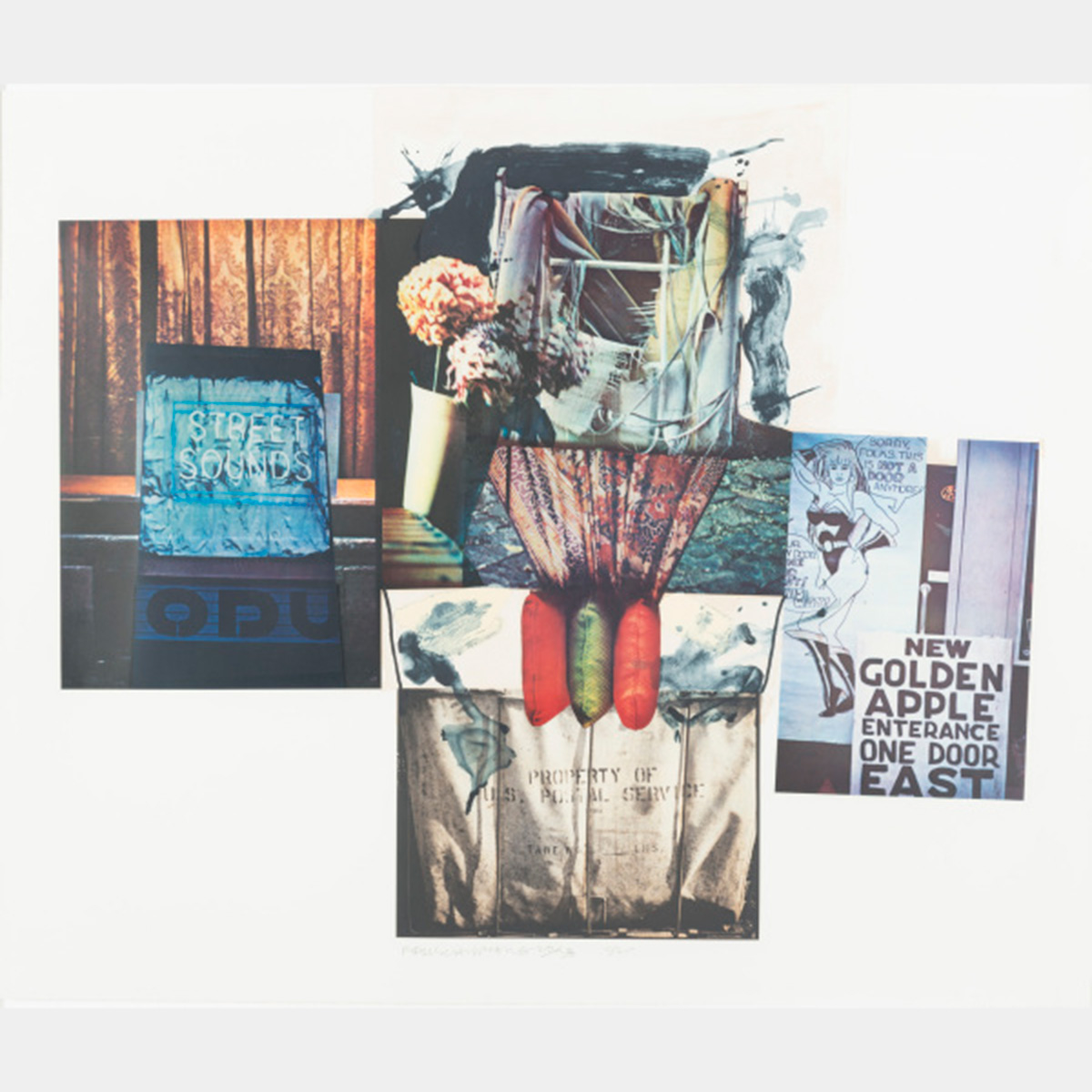
Robert Rauschenberg (American, 1925–2008), Street Sounds, 1992, color photogravure and collage, printed by ULAE, Gift of James M. Marrs, 2007.63, © 2025 Robert Rauschenberg Foundation
Robert Rauschenberg: A Celebration
August 5–November 6, 2025
Gallery 213
Free admission
Friends of Prints
Beginning in the 1950s, Robert Rauschenberg (1925–2008), through his conceptual work and large-scale collages (or “combines”), defined a new era of American art. A painter, photographer, printmaker, sculptor, and set designer, the artist challenged the traditional idea that artists stick to one medium or style. Rauschenberg pioneered a transfer drawing technique, in which he dissolved magazine and newspaper images with a solvent and transferred them by rubbing onto paper. He adapted this technique to canvas, printmaking, and three-dimensional works.
Celebrating the centennial of his birth, Robert Rauschenberg: A Celebration brings together 16 large-scale works on paper spanning 30 years of the artist’s career and includes a 16-foot-long screen-printed mirror from 1971, titled Star Quarters, featuring images of the constellations.
In 1961, Tatyana Grossman of Universal Limited Art Edition (ULAE), located on Long Island, introduced Rauschenberg to lithography. Tides, created in 1969, recycled his photographs of a hydrant and his turtle, “Rocky.” In 1967, the artist began working with Gemini G.E.L. in Los Angeles. With their assistance, Rauschenberg collaborated with artists and workshops internationally. For his early 1970s series Pages and Fuses, Gemini collaborated with the century-old Moulin à Papier Richard de Bas in Ambert, France, and the oldest paper mill in China in 1982. Rauschenberg’s Glacial Decoy series juxtaposed images from sets designed for choreographer Trisha Brown in 1979. In the 1990s, he focused on prints that utilized his photographs, as seen in Street Sounds from 1992.
Throughout his career, Rauschenberg’s ongoing creative enthusiasm for printmaking defied categories and upturned the definition of what was a print, inviting the viewer to find beauty in the unexpected.
This exhibition has an accessible pathway.
Cincinnati, OH 45202
Toll Free: 1 (877) 472-4226
Museum Hours
Museum Shop
Terrace Café
Library
Cincinnati Art Museum is supported by the tens of thousands of people who give generously to the annual ArtsWave Campaign, the region's primary source for arts funding.
Free general admission to the Cincinnati Art Museum is made possible by a gift from the Rosenthal Family Foundation. Exhibition pricing may vary. Parking at the Cincinnati Art Museum is free.
Generous support for our extended Thursday hours is provided by Art Bridges Foundation’s Access for All program.

General operating support provided by:
